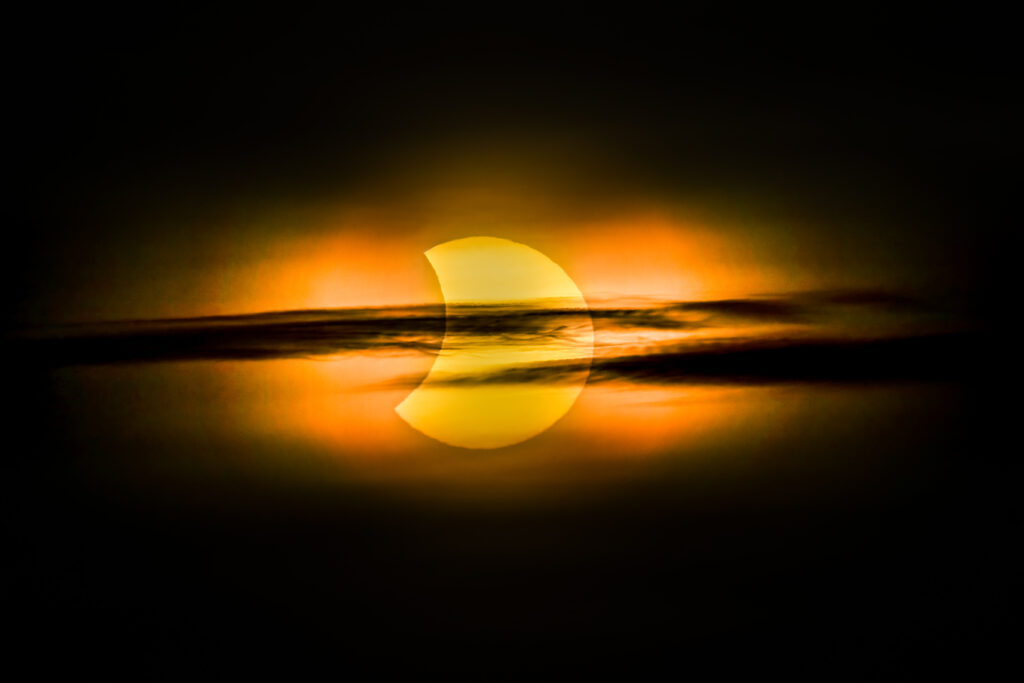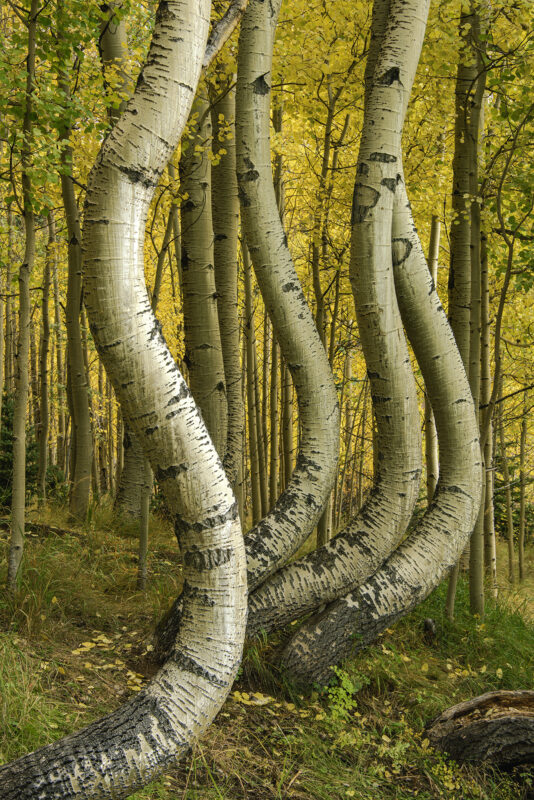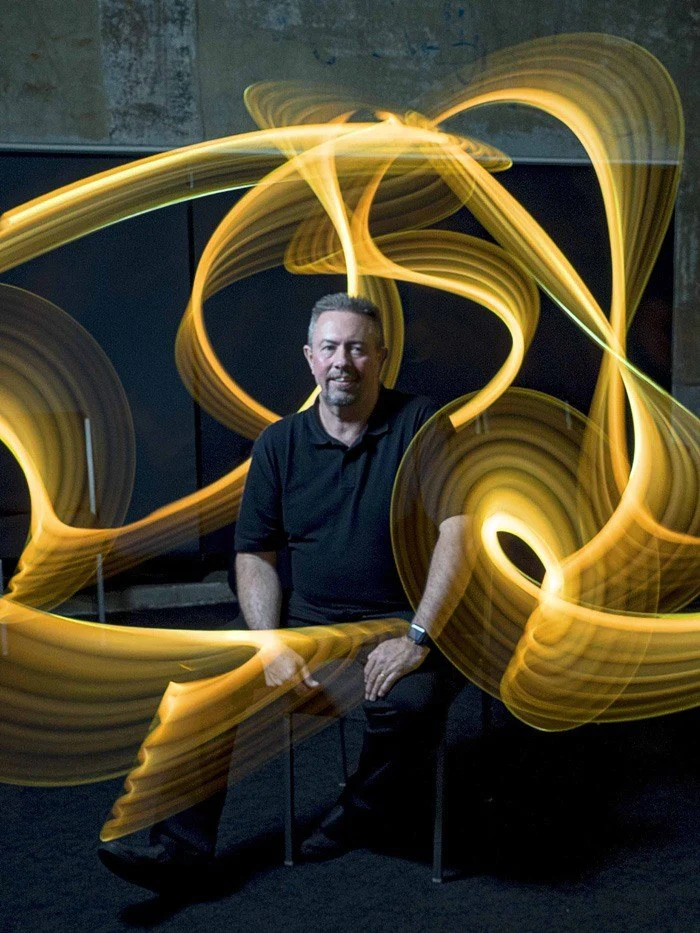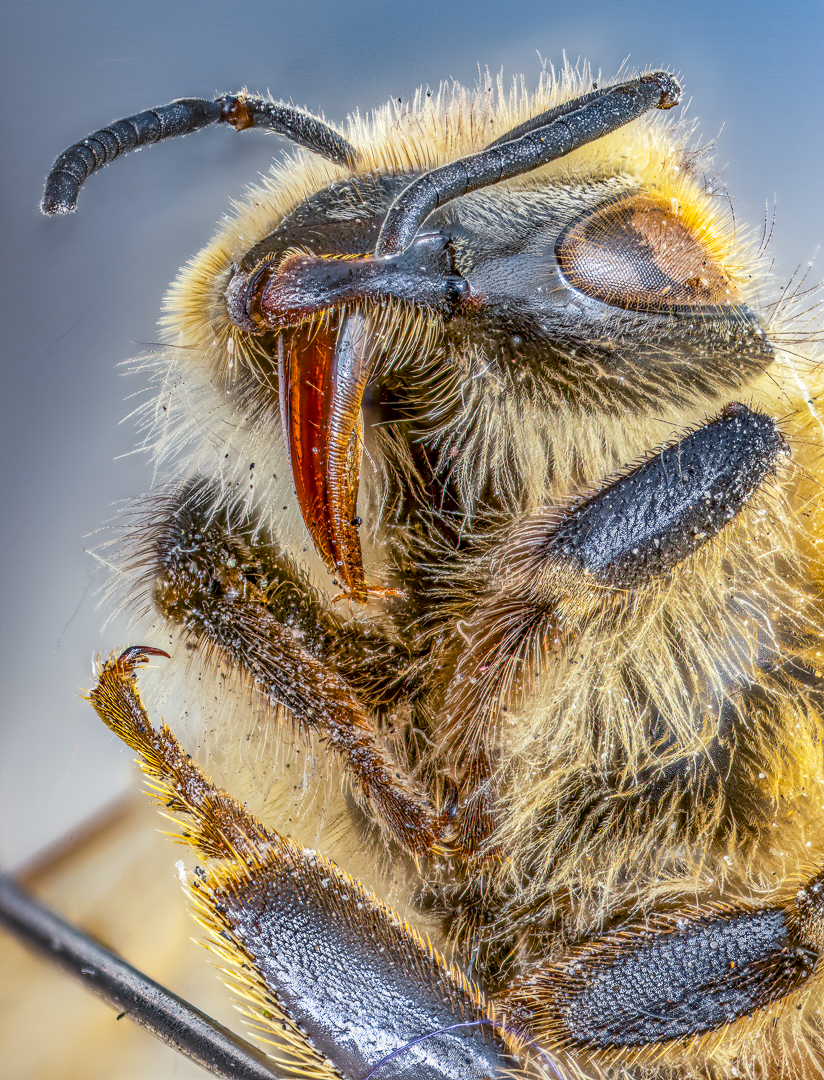Valentine's Day. Scrumptious, rich chocolates, romantic dinners and an assortment of flowers. A big day for florists, candy makers and restaurants who help couples celebrate Valentine's Day. As photographers, we also make our own sweetness. Images of beautiful flowers. Photographs of chocolates and delectable desserts. One of the “lovely” things about Valentine's photography is the creative perspective and use of different lenses by photographers.
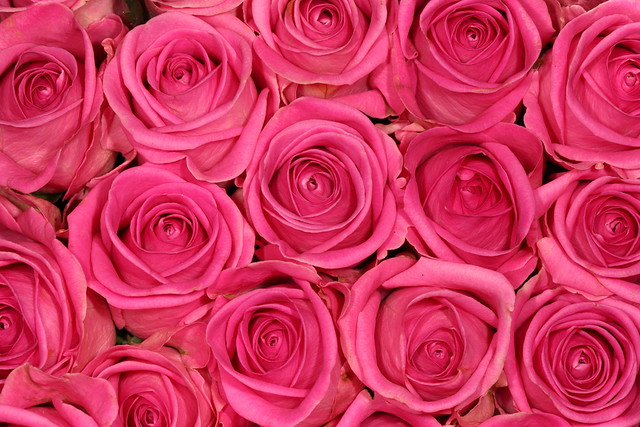
Photo by Alexander
Flower photography, food photography is not limited to macro or close-up lenses. We'll explore delicious photographs across a variety of lenses that celebrate the day that initially was associated with romantic, “courtly” love in the Middle Ages.

Photo by Sheen's Nature Photography.
Settings used: 105mm Macro, f/9 ISO 160 1/500 sec
Getting Close: Macro Photography
A traditional macro lens has a magnification factor of 1:1 at its closest focus setting. The use of macro lenses in flower photography and small objects allow the photographer and viewer to hone in on the subject and the fine details. The working distance between the lens and the subject is close. For example, with a 50mm macro, the camera distance at a 1:1 magnification is roughly around 7 inches. A 105mm macro, the distance is approximately a foot for 1:1 magnification. Macro lenses open the door to details, artistry and creativity. Pick any season of the year, from flowers, water droplets to icicles and make big images out of small objects.
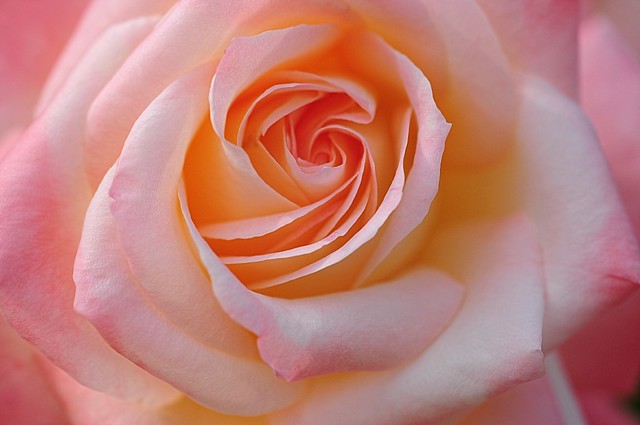
Photo by naruo0720
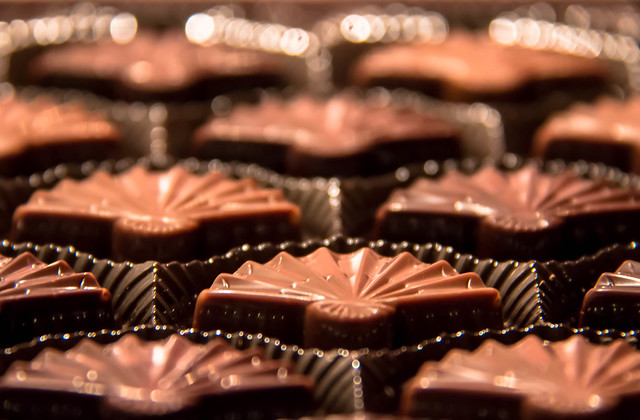
Photo by Susanne Nilsson
Bokeh Love With Prime Lenses
A prime lens is fast, lighter in weight than macros and zooms. While you can't focus as close as you can with a macro, you can get close to your subject depending on the focal length of the lens. Primes make for awesome travel companions as they are truly ‘walk around and shoot” lenses. Also known for complimenting their subjects with a beautiful bokeh.
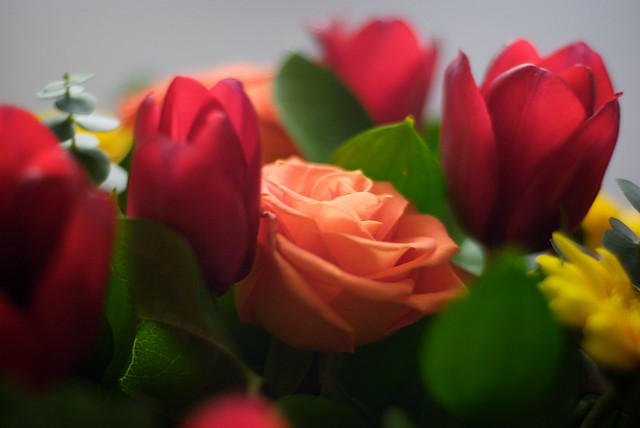
Photo by Cristiano Betta
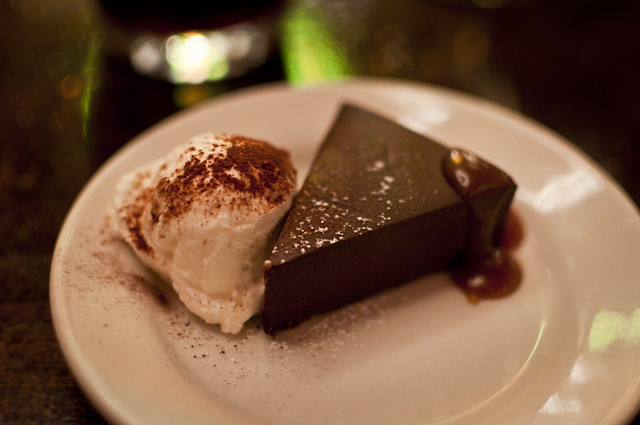
Photo by Vxla
So Near And Yet So Far: Telephoto Lenses
Longer distance telephotos are not the first lenses most photographers think of to grab out of our camera bag when intentionally photographing flowers.
Just because you have a longer lens on your camera when you see that ‘beautiful flower' doesn't mean you can't get beautiful composition. Using telephotos for ‘close-up' minimizes casting a shadow on your subject. Additionally, creating a soft background is effectively achieved when balancing the depth of field and separating the subject from the background.
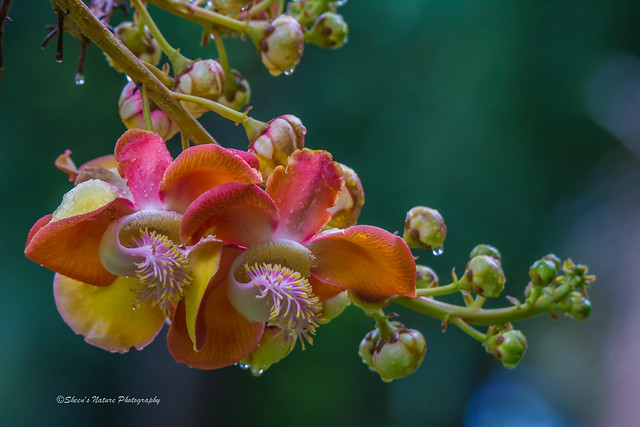
Photo by Sheen's Nature Photography.
Settings used: 150-600mm, f/6.3, ISO 400, 1/200 sec
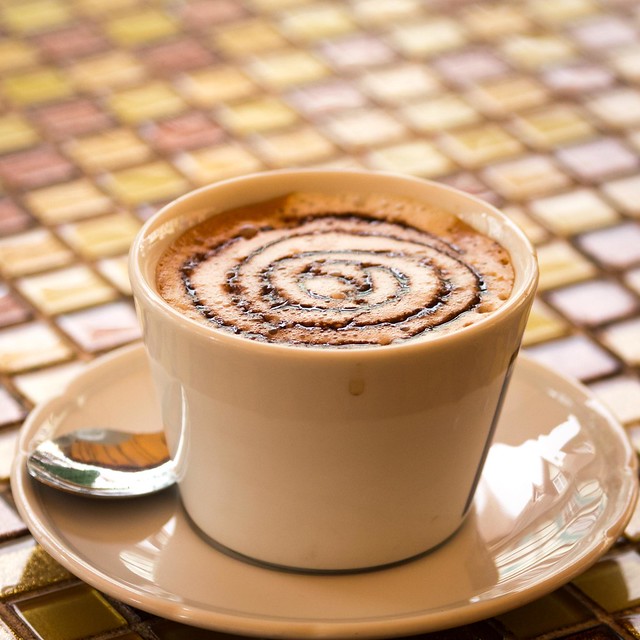
Photo by Stratman²
Cast a Wider Net With Wide Angle Shots
Fun, quirky, creative. Depending on the focal length, extra wide angles, such as a 14mm, produce images that start big up front while quickly pushing background further into the visual distance.
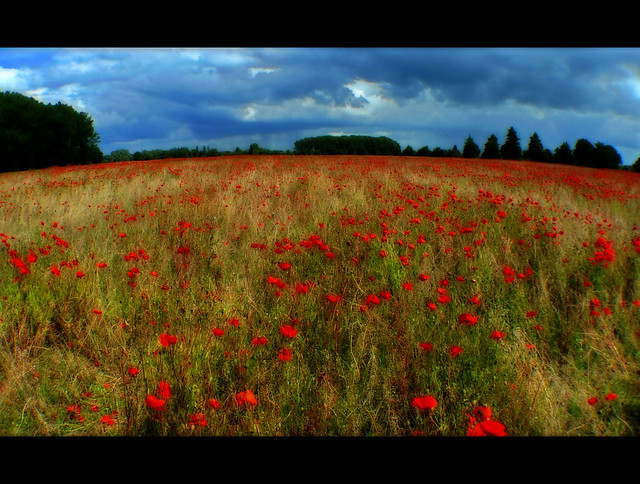
Photo by Sarah Horrigan

Photo by fly
This Valentine's day, celebrate the day and your artistic talent by making some sweet images of your own. And if they happen to be chocolates….even better!

